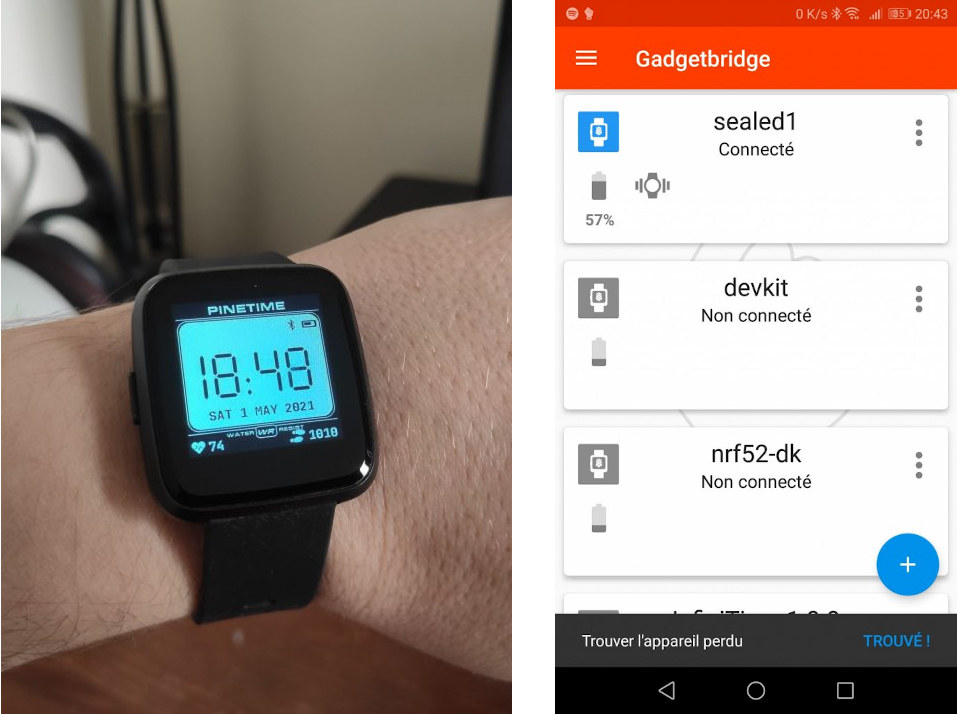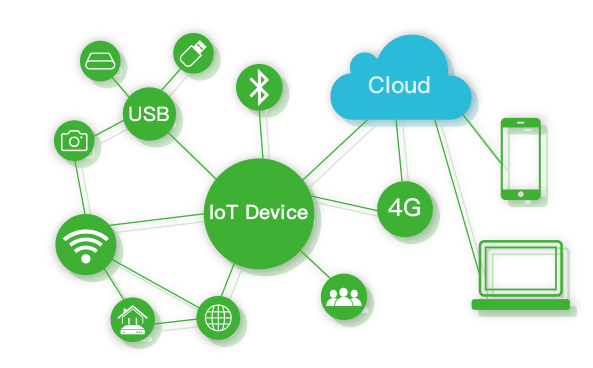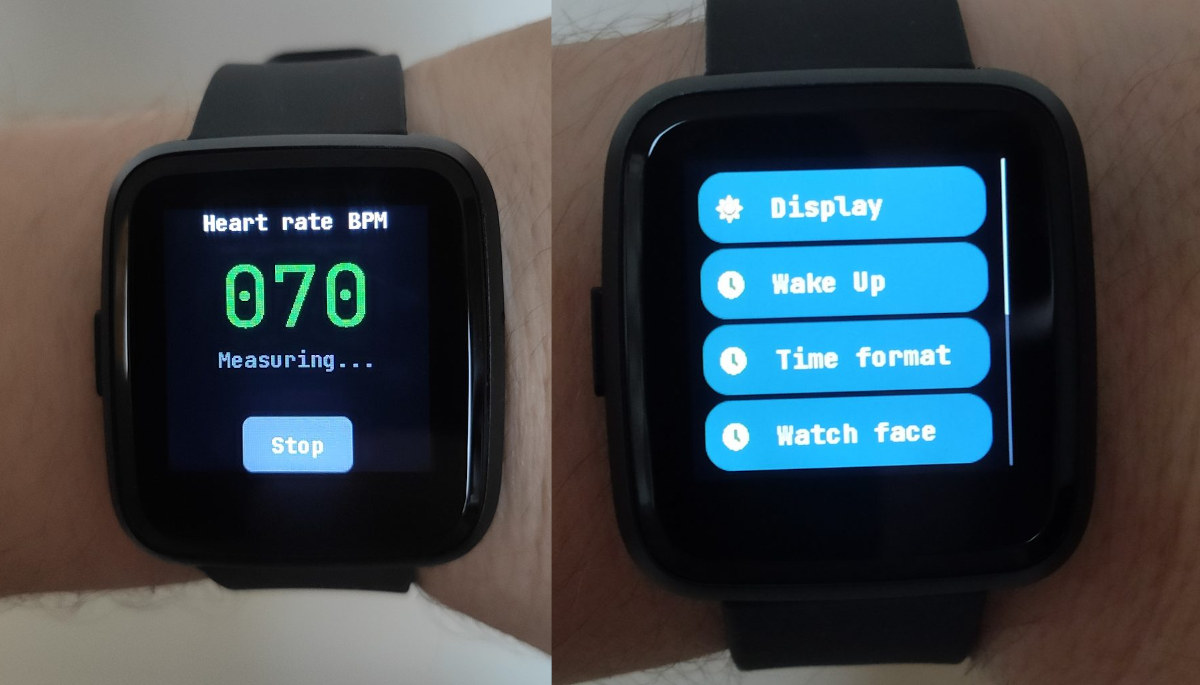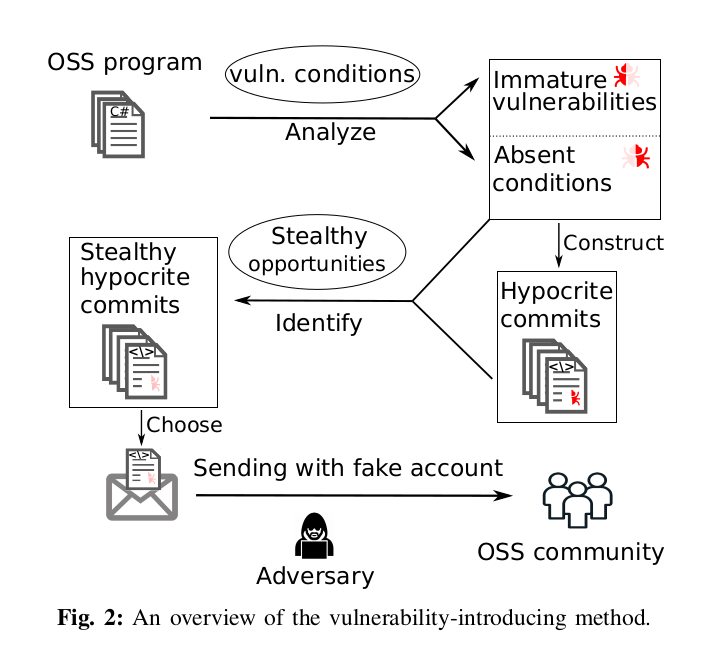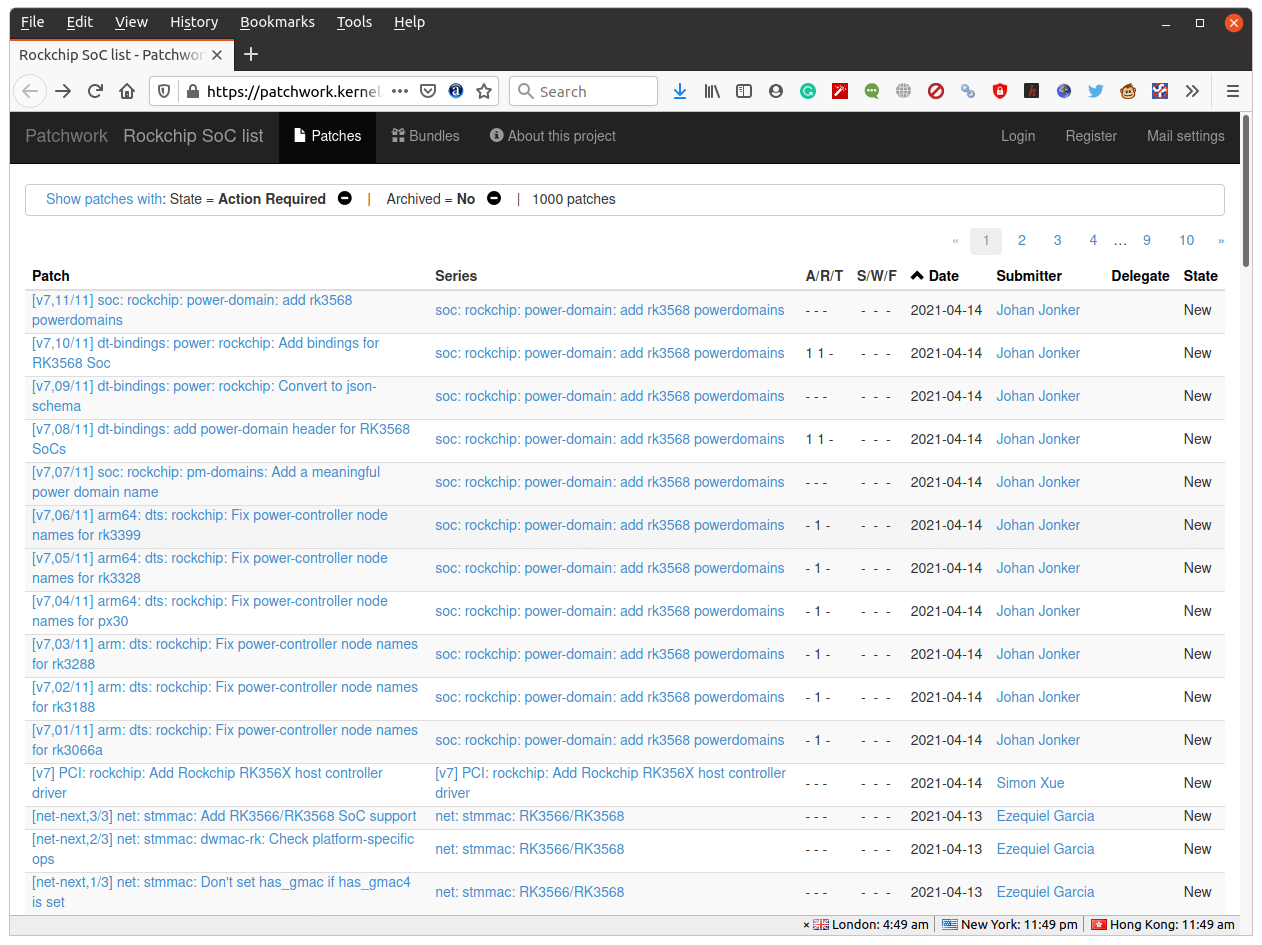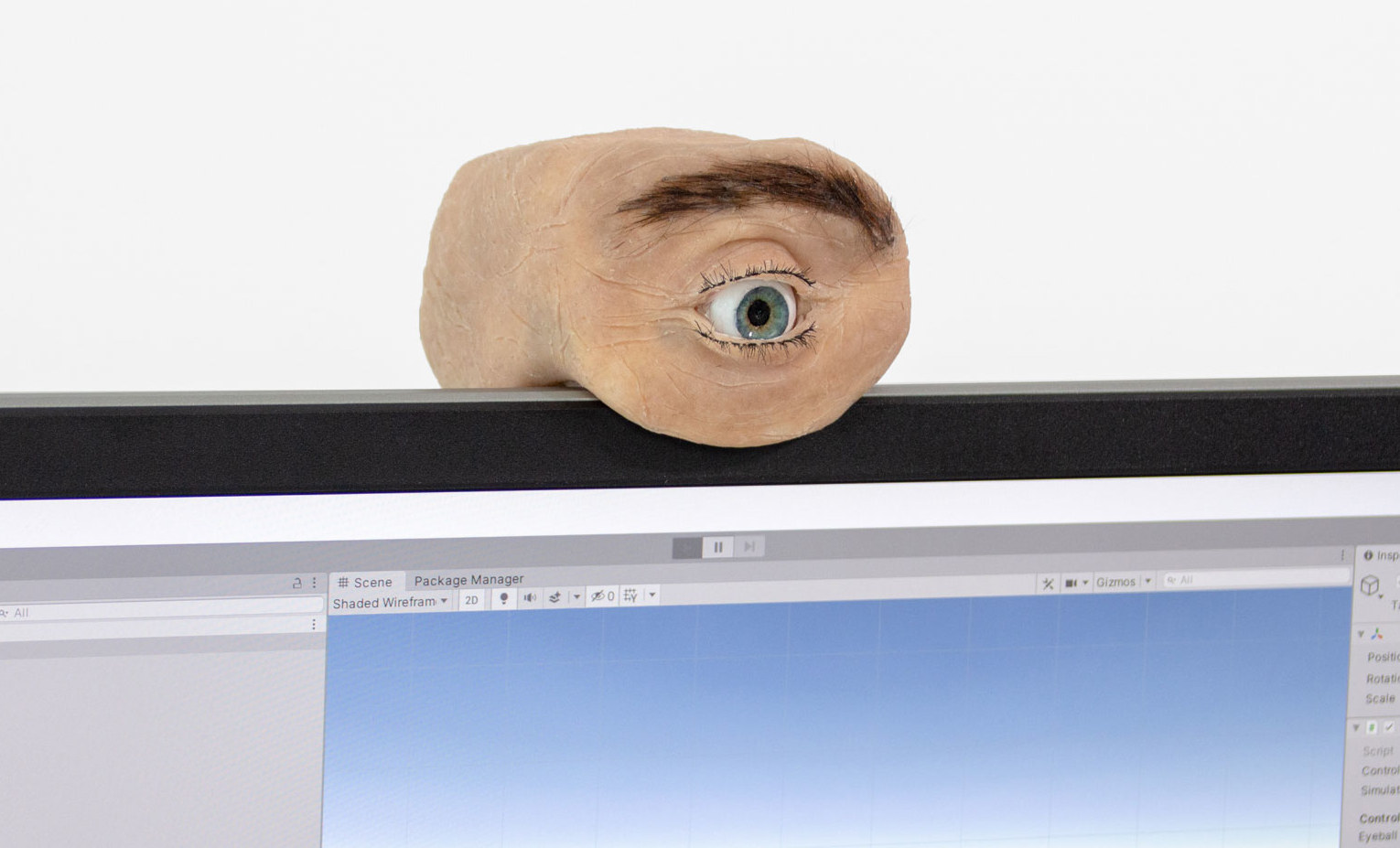System76, the company better known for its Linux laptops, has launched an open-source hardware, configurable keyboard. Meet System76 Launch. The keyboard firmware, schematics, and mechanical files are all open-source. Launch ships with an ANSI US QWERTY layout but can be customized through a configuration program for Windows, Linux, and macOS, and a key puller is included to easily replace/change keycaps as needed. System76 Launch keyboard specifications: Open-source custom PCB Individually addressable RGB LED backlighting N-Key Rollover to detect all keystrokes no matter how many keys are pressed simultaneously Sockets and Switches Kailh MX Hotswap Sockets Kailh Box Jade or Kailh Box Royal Switches Key Caps – PBT plastic, dye sublimated legend, XDA profile Layout – ANSI US QWERTY Integrated USB hub with 2x USB 3.2 Gen 2 Type C (Up to 10 Gbps), 2x USB 3.2 Gen 2 Type A (Up to 10 Gbps) Open-source milled chassis design with detachable […]
Why you should request open-source software for your IoT devices
I usually think of open-source hardware and/or software are enabling skilled people to more easily fix bugs, improve on the design, get feedback from the community, etc… But in a world where IoT devices become more prevalent, there’s another reason why you should request open-source software: Long term support. What made me think about are two things. The first one if that I own WeLoop Hey 3S smartwatch, which I love and wear since March 2018. That’s quite a feat since most cheap devices I own often only last a few months or a year or so. I’m also used to the watch face and Weloop app interface. So what’s the problem exactly? WeLoop company closed on December 31, 2019, and while the app worked fine for about a year after that, recently I have been unable to login to the app to access my data and/or update settings for […]
HybridOS is an open-source operating system designed for smart IoT devices and cloud computing environment
As I wrote about the “Summer 2021 of Open Source Promotion Plan” earlier, I noticed a new open-source operating system called HybridOS described as “totally new” and designed for “smart IoT devices and cloud computing environment”. It’s actually more of an ecosystem than an operating system, as it offers three main components with a device side running on devices running Linux kernel or another POSIX-compatible kernel, a server side running on servers in the cloud, and a client side to manage the cloud and devices from Windows, Linux distributions, iOS, or Android. HybridOS Device Side relies on several open-source projects including: hiWebKit, the HybridOS derivative of WebKit: hiACEJS, the HybridOS derivative of OpenHarmony ACELite hiViewRenders, the renderers for hiview tag of hiWebKit hiShell, the app running environment (the shell) Various Graphics stacks including hiMesa, the HybridOS derivative of Mesa hiCairo, the HybridOS derivative of Cairo: hiDRMDrivers, DRM Drivers for HybridOS […]
Summer 2021 of Open Source Promotion Plan is China’s alternative to Google Summer of Code
China has now an alternative to the Google Summer of Code, an international annual program in which Google awards stipends to students who successfully complete a free and open-source software coding project during the summer. China’s alternative is called “Summer 2021 of Open Source Promotion Plan”, also known as “summer 2021” for short, and is organized by the Institute of Software Chinese Academy of Sciences and the openEuler community. It’s a global program open to college students around the world who want to participate in the development and maintenance of open-source software. There’s only one specific requirement to be able to apply: be at least 18 years old at the time of registration. Selected students will be paid according to the complexity of the project with 12000 RMB ($1,867), 9000 RMB ($1,400), or 6000 RMB ($933) “bonuses” to be distributed at the end of the project. Other stakeholders include the […]
InfiniTime 1.0 firmware released for PineTime smartwatch
The PineTime smartwatch was unveiled and first launched in 2019, as a low-cost, open-source wearables development kit/platform for developers wanting to work on firmware development for the Nordic nRF52 powered device. Progress was made on various solutions such as ATCwatch Arduino firmware, and as time passed, the PineTime slowly became more like an “enthusiast-grade” end-user product. This is basically what it has become with the first stable release of InfiniTime firmware, which was selected as the default firmware in September 2020. The main features of InfiniTime 1.0 firmware include: Two clock faces – digital and analog Apps – Stopwatch, music control, navigation, heart rate, as well as Paddle and 2048 games User settings – Display timeout, time format, wake up conditions OTA upgrades via an open-source bootloader based on MCUBoot Heart rate monitoring and step counting Between 3 and 5 days of battery life depending on usage Firmware based on […]
PhD students willfully committed known malicious changes to mainline Linux
We just reported about the Linux 5.12 changelog with a focus on Arm, MIPS and RISC-V targets on Tuesday, and at the time, the expectation was a delay of about one week after Linux 5.12-rc8 was outed on Sunday, April 18. But Linux 5.12 could be further delayed due to shenanigans from two Ph.D. students doing a research project on open-source vulnerability at the University of Minnesota. This was announced by Greg Kroah-Hartman on the Linux kernel mailing list. Commits from @umn.edu addresses have been found to be submitted in “bad faith” to try to test the kernel community’s ability to review “known malicious” changes. The result of these submissions can be found in a paper published at the 42nd IEEE Symposium on Security and Privacy entitled, “Open Source Insecurity: Stealthily Introducing Vulnerabilities via Hypocrite Commits” So their work at to be reverted with 190 reversions so far. It also […]
RK3566 & RK3568 processors to get Linux mainline support soon
Rockchip RK3566 & RK3568 processors were just officially announced at the end of the year, and soon followed with announcements of related such as Core-3568J AI Core system-on-module, some Android 11 TV boxes, Station P2 mini PC, and RK3566/RK3568 development boards. But it did not take long, as RK3566/RK3568 are about the get support for mainline Linux, with engineers from Collabora and Rockchip having recently committed preliminary support for RK356x platforms, notably using Pine64 Quartz64 SBC for testing. The most recent commits target power management, networking, and the PCI host controller. It’s not clear when code will be merged to mainline, but Collabora said “Pine64 Quartz64 SBC out-of-the-box support is right around the corner” in a recent tweet. In any case, it’s good news there’s active development for mainline Linux on the new Rockchip processors, as that means it will be possible to run the latest version of Linux on […]
Eyecam open-source webcam will make you feel spied on
Most people will use webcams connected to a computer or integrated into a laptop without thinking about the possibility of being spied on, but Eyecam will certainly raise awareness and make you feel like somebody is truly watching. The open-source webcam is shaped like a human eye and acts like one thanks to a Raspberry Pi camera and an Arduino board controlling six servos for eyeball, eyelids, and eyebrows movements. The project was conducted at Saarland University in Germany, and Eyecam looks amazingly realistic – and creepy – with the eyeball and eyelids moving, especially when face tracking is enabled, and expressions are possible with servos controlling the eyebrows. The webcam is comprised of 3D printed parts, a Raspberry Pi camera connect to Raspberry Pi Zero recognized as a USB webcam from the host, and an Arduino Leonardo Pro Micro to control the 6 servo motors. On the software side, […]



